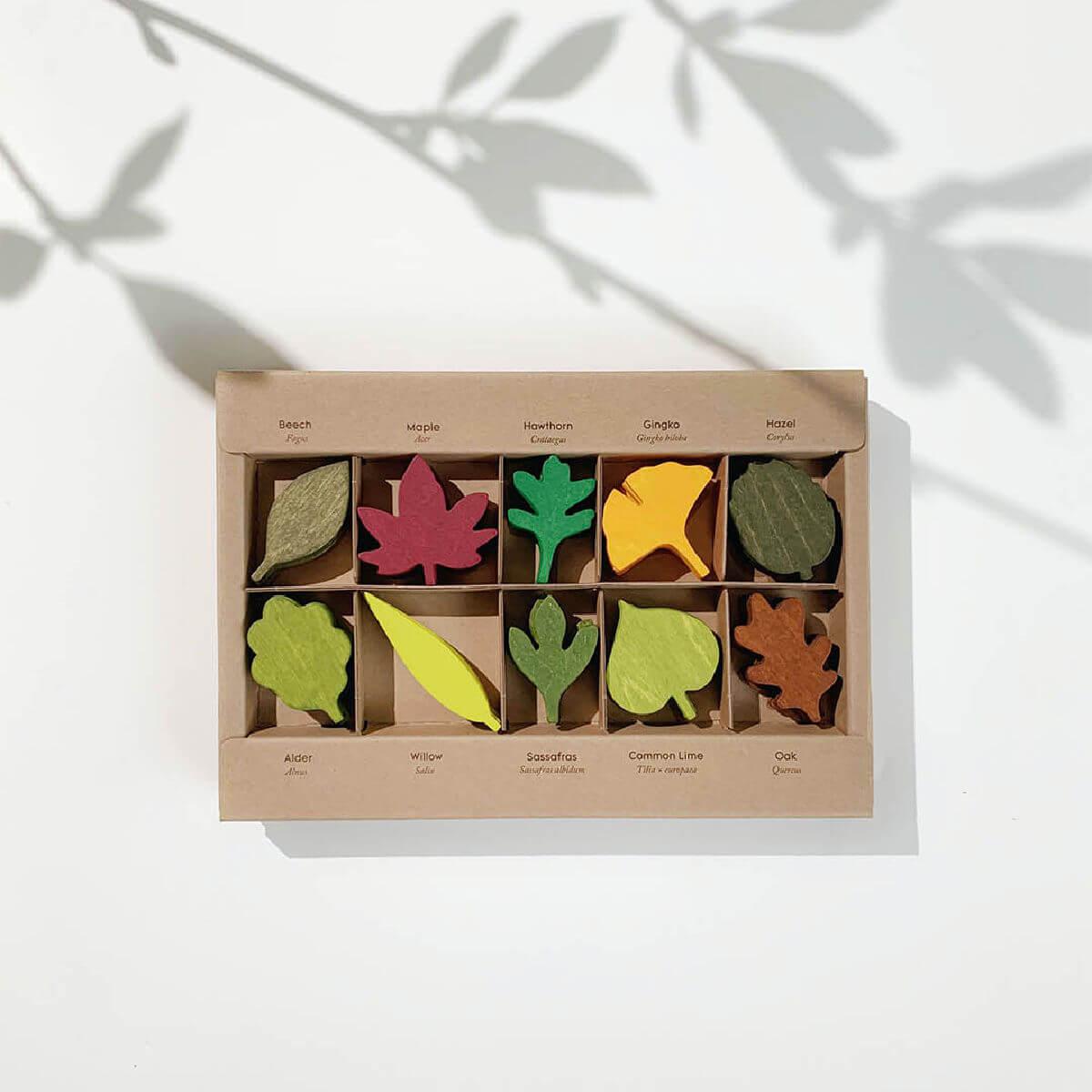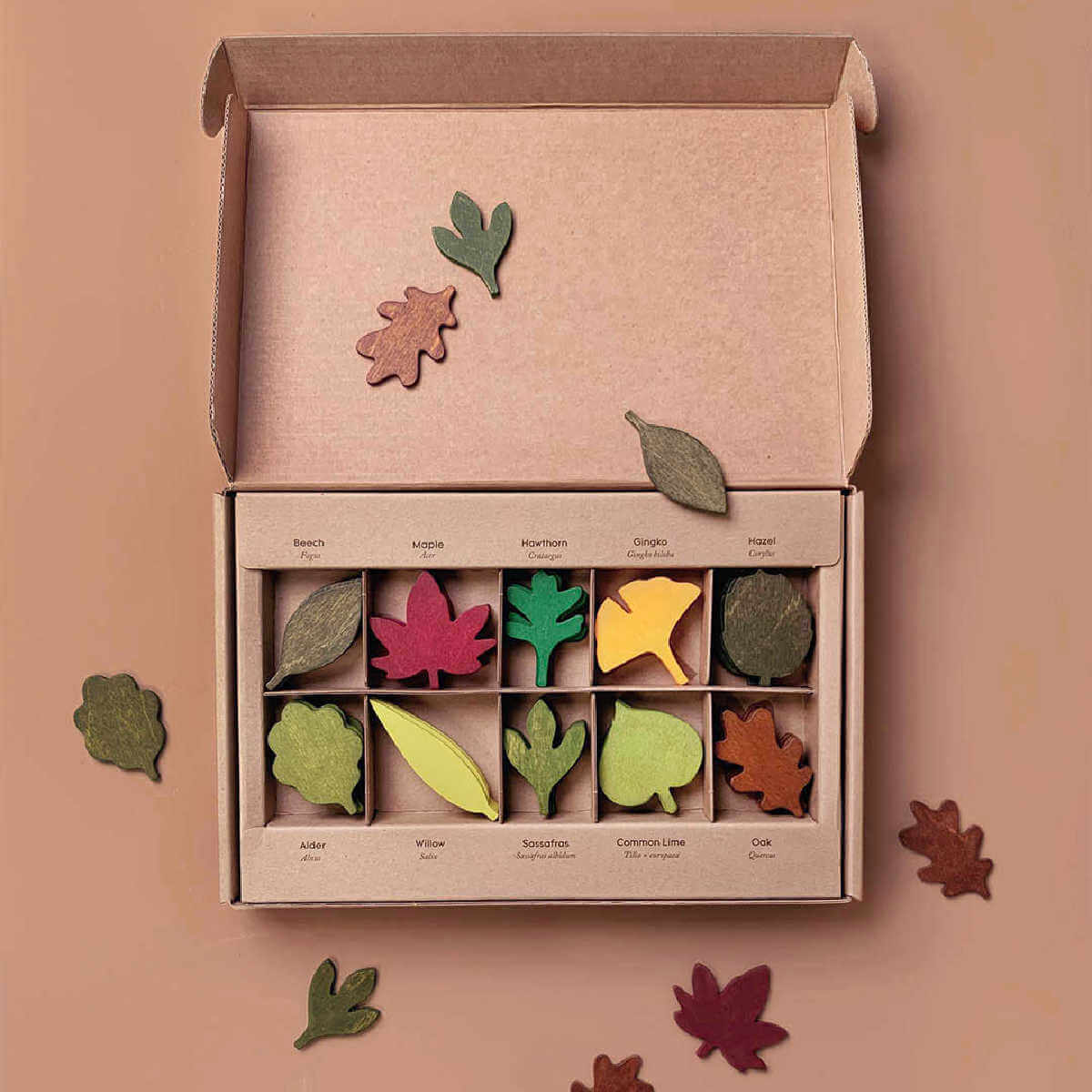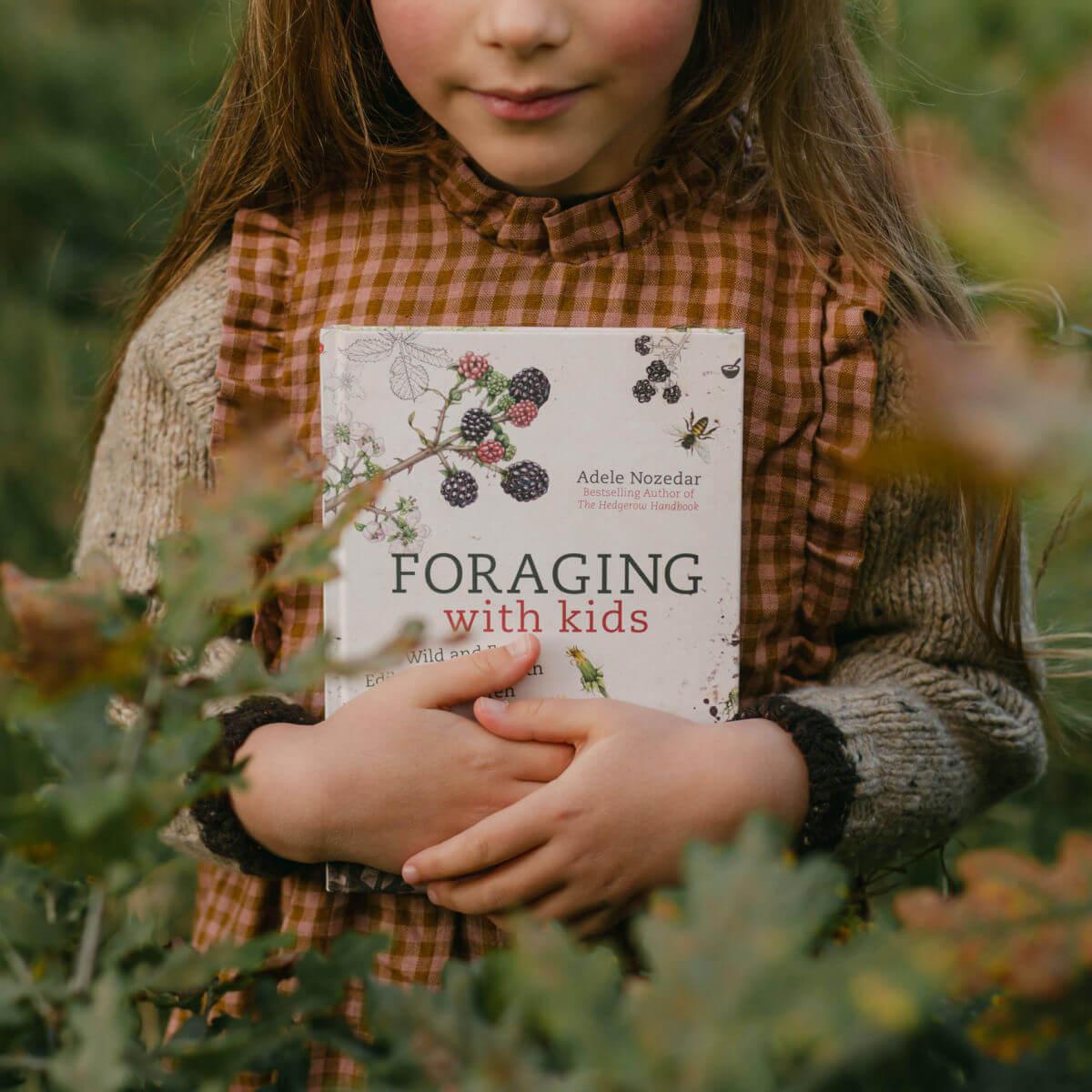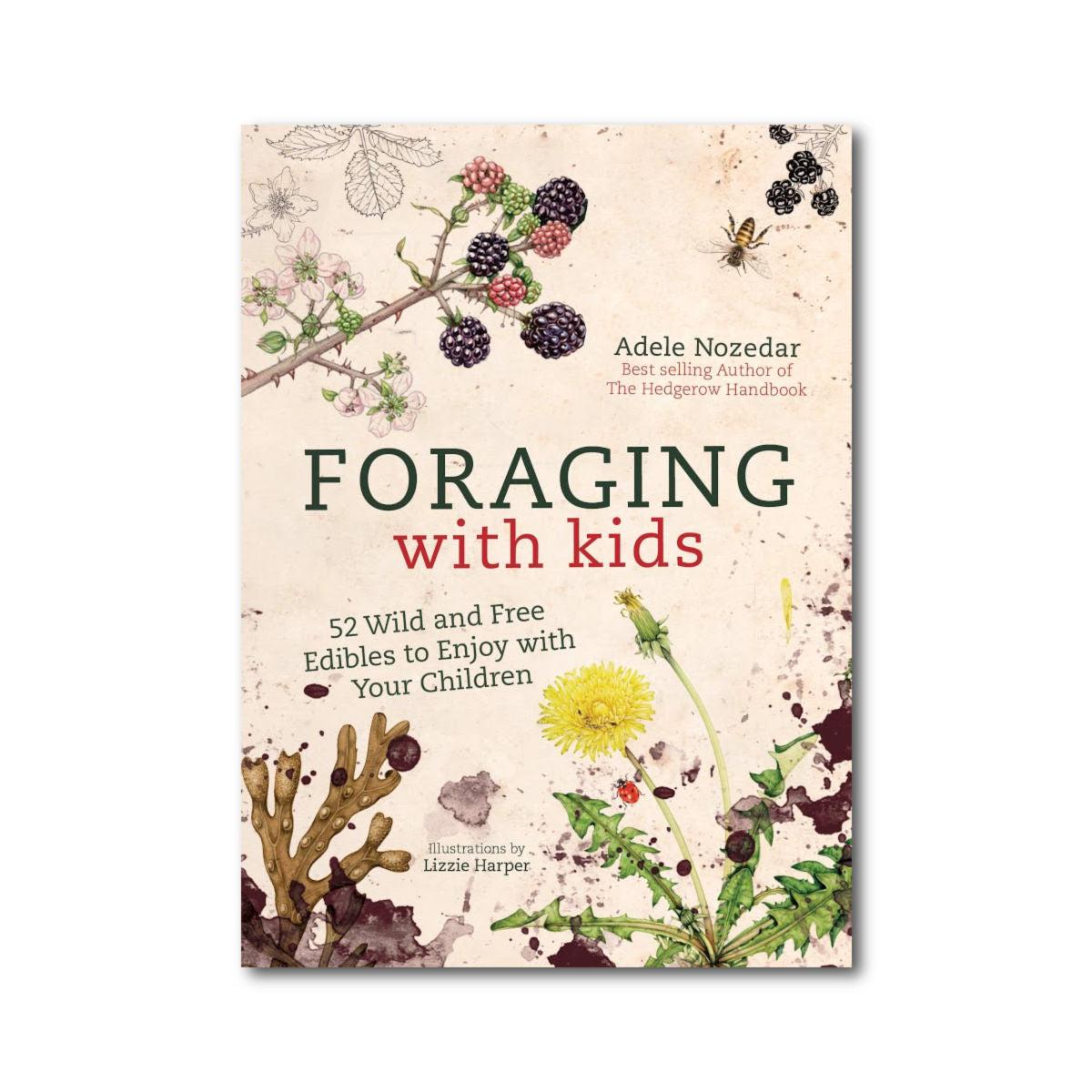In a world dominated by screens and digital devices, it's more important than ever to encourage children to get outside and connect with nature. With the right activities and approach, they can discover a whole new world of adventure and learning just outside their door.
In this article, we’ll explore ten exciting ways to connect kids with the great outdoors through nature play. From building forts and exploring hidden trails to creating nature-inspired artwork and playing outdoor games, the possibilities for engaging children with nature are endless.
Not only do these activities spark curiosity and imagination, but they also foster a deep sense of appreciation and responsibility toward the environment. Childhood is a time for discovery, learning, and exploration—what better way to experience the world than through outdoor play?
Children who play outside are more likely to develop a lasting appreciation for nature, learning about the environment firsthand as they explore forests, meadows, beaches, and riverbanks. With the right guidance, they can form a lifelong connection with the natural world.
So, if you're looking for ways to make outdoor play both fun and meaningful for your little ones, keep reading. Let’s unlock their sense of wonder and set the stage for unforgettable adventures in nature!

Make time for unstructured outdoor play, reduce screen time and replace it with nature exploration.
The Importance of Connecting Kids with Nature -
In today's fast-paced and technology-driven world, children are spending more time indoors, glued to screens, and disconnected from the natural world around them. This lack of exposure to nature can have negative impacts on their physical and mental well-being. Studies have shown that children who spend time outdoors have improved cognitive abilities, better physical health, increased creativity, reduced stress levels, and enhanced social skills.
Connecting kids with nature is not just about giving them a break from screens; it's about fostering a deep appreciation for the natural world and instilling a sense of environmental responsibility from an early age. When children are exposed to nature, they develop a sense of wonder and curiosity, and they learn to value and protect the environment. By engaging in outdoor play, children can experience the beauty and complexity of nature firsthand, which can have a profound impact on their overall development.
What is Nature Play?Nature play, also known as outdoor play, refers to the act of engaging with the natural environment in an unstructured and open-ended manner. It involves exploring natural spaces, interacting with plants and animals, and using natural materials for play and creativity. Unlike structured activities or organised sports, nature play allows individuals to dictate their own experiences and engage with the natural world in a way that feels authentic and meaningful to them.
At its core, nature play is about fostering a deep connection with the environment and allowing individuals to engage with nature on their own terms. It encourages exploration, discovery, and a sense of wonder. Nature play can take many forms, from building forts and climbing trees to splashing in puddles and observing wildlife. It is a dynamic and ever-changing experience that encourages individuals to engage with the world around them.

Outdoor play offers numerous benefits for children's physical, mental, and emotional well-being.It provides them with opportunities to engage their senses, explore their surroundings, and develop important skills. Here are some of the key advantages that come with spending time in nature:
- Physical development: Outdoor play encourages children to be active, improving their gross motor skills, coordination, and strength. Running, jumping, climbing, and playing sports all contribute to their physical well-being.
- Cognitive Development: Nature provides a rich sensory environment that stimulates children's cognitive abilities. The sights, sounds, textures, and smells of the natural world help children develop their senses, enhance their observation skills, and improve their problem-solving abilities as they learn to navigate natural obstacles, make decisions, and use their imagination to create their own games and stories.
- Emotional Well-being: Spending time in nature has been proven to reduce stress, anxiety, and symptoms of attention deficit disorders(ADHD) in children. The calming and soothing effects of nature can help children relax, improve their mood, and enhance their overall emotional well-being.
- Social skills: Outdoor play brings children together, providing opportunities for social interaction, collaboration, and communication.Whether it's building a fort together, playing a game, or exploring nature trails, children learn important social skills such as communicate, teamwork, share resources, and work as a team, fostering important social skills that will benefit them throughout their lives.
- Environmental Awareness: By connecting with nature, children develop a sense of appreciation and responsibility towards the environment. They learn about the importance of conservation, sustainability, and protecting the natural world for future generations.
Now that we understand the importance and benefits of connecting kids with nature, let's dive into ten exciting ways to engage them in outdoor play.
Children are naturally curious and love to explore the world around them through their senses. Sensory play in nature is a fantastic way to engage their senses while allowing them to experience the beauty and wonder of the outdoors.
1 . Creating a nature sensory bin. Fill a tray with materials such as sand, soil, rocks, leaves, and pinecones. Encourage your child to use their hands to feel the different textures and explore the various materials. They can scoop, pour, and experiment with different ways of playing with the sensory bin. This activity not only stimulates their tactile senses but also encourages creativity and imagination.
2. Make nature-inspired playdough. Gather natural materials like flowers, leaves, and twigs. Make a basic playdough recipe and incorporate these materials into the dough. Your child can then mould and shape the playdough, discovering the textures and scents of nature as they play. This activity allows them to engage their sense of touch and smell while connecting with the natural world.
3. Go on a nature sensory walk. Take your child on a nature hike and encourage them to touch, smell, and listen to the various elements they encounter along the way. Challenge them to find different textures, scents, and sounds, and discuss their observations together. This activity not only engages their senses but also deepens their connection with the natural world.
Engaging children in sensory play in nature helps strengthen their observation skills, promotes creativity, and enhances their appreciation for the beauty and diversity of the natural environment. It also provides a calming and therapeutic experience, allowing them to relax and unwind while exploring the outdoors.

Scavenger hunts and treasure hunts are classic outdoor activities that never fail to excite children. They encourage them to explore their surroundings, observe the details of nature, and develop problem-solving skills.
To create a nature scavenger hunt, make a list of items or clues related to the natural environment. It could include things like a smooth rock, a feather, a yellow flower, or a squirrel's nest. Provide your child with the list and a small bag or basket to collect their findings. Let them roam freely in a nearby park or forest, searching for the items on the list. This activity not only engages their observation skills but also encourages them to interact with nature and its elements.
For a treasure hunt, hide small treasures or surprises in different outdoor locations. Write clues or draw a treasure map to guide your child to the hidden items. Encourage them to navigate through the natural environment, using their problem-solving skills and imagination to find the treasures. This activity adds an element of adventure and excitement to their outdoor play, making it even more memorable and enjoyable.
Nature scavenger hunts and treasure hunts provide children with a sense of purpose and accomplishment. They encourage them to explore and appreciate the natural world while developing important cognitive and physical skills. These activities also create opportunities for bonding and shared experiences with family and friends.

Gardening is a wonderful way to connect children with nature and teach them about plant life cycles, sustainability, and responsibility. Involve your child in every step of the gardening process, from preparing the soil and planting seeds to watering, weeding, and harvesting. Let them get their hands dirty and experience the joy of watching their plants grow.
Start with simple plants such as herbs, flowers, or vegetables that are easy to grow and maintain. Teach your child about the importance of caring for plants, the role of pollinators, and the benefits of organic gardening. Gardening not only teaches children about the natural world but also instills a sense of pride and accomplishment when they see their plants grow and bloom.
As your plants grow you can encourage your child to observe and document the changes in the garden by keeping a nature journal. They can draw or write about the plants they see, the insects they encounter, and the weather patterns they observe. This activity not only enhances their observation skills but also encourages them to be mindful of the natural world around them.
In addition to traditional gardening, you can also engage your child in activities like creating a fairy garden or a vegetable patch. These projects add an element of creativity and excitement to their gardening experience. They can use natural materials to build miniature fairy houses or plant vegetables like tomatoes and carrots. These hands-on activities not only stimulate their imagination but also teach them about the importance of sustainable living and growing their own food.
Gardening with kids is a rewarding and enriching experience for both children and adults. It provides opportunities for them to connect with nature, learn about the environment, and develop life skills such as patience, responsibility, and perseverance.
4. Take Nap time outsideThere is a garden in every childhood, an enchanted place where the colours are brighter, the air is softer and the morning more fragrant than ever. ~ Elizabeth Lawrence
Summer is the perfect time for little ones to benefit from sleeping outside. Lots of fresh air and the fact that its fun & a new experience will excite kids. Pick a shady spot, (make sure to still apply sunscreen) you can build a bed on the trampoline, in a tent or use a nap-time mattresses. You can play music or a favourite story tape as little ones drift off.
Nature provides endless inspiration for art and crafts projects. Engaging children in outdoor art activities allows them to explore their creativity while connecting with the natural world.
1. Create leaf rubbings. Take your child on a nature walk and collect leaves of different shapes and sizes. Place a leaf underneath a sheet of paper and encourage your child to rub a crayon or pencil over the paper, revealing the intricate details of the leaf. They can experiment with different coloUrs and types of leaves, creating beautiful and unique artwork.
2. Painting with natural materials. Collect objects like pinecones, rocks, and leaves. Dip them in paint and use them as brushes or stamps to create patterns and textures on paper or canvas. This activity allows children to explore the textures and shapes of natural materials while expressing their creativity with out doors art projects!
3. Make nature-inspired sculptures. Using found objects like sticks, stones, and shells. Provide them with non-toxic glue or clay and let their imagination run wild as they build and create their artwork. This activity not only encourages creativity but also teaches children about the importance of using natural materials and being mindful of the environment.
Outdoor art and crafts activities provide children with a unique opportunity to express themselves creatively while appreciating the beauty and diversity of the natural world. It allows them to explore different art techniques and materials, fostering their artistic abilities and imagination.

Immerse your child in the wonders of nature through storytelling and role-playing. Encourage them to create their own stories or act out scenes inspired by the natural world. They can pretend to be animals, trees, or explorers on a grand adventure. This activity stimulates their creativity, imagination, and language skills while fostering a deeper connection with nature.
Take storytelling a step further by organising a nature-themed storytelling picnic. Pack a blanket, snacks, and books about nature. Find a cozy spot in a park or garden, and let your child choose a book to read aloud. Afterward, encourage them to share their own stories or observations about nature.
Nature-inspired storytelling and role-playing activities provide children with a platform to express their creativity, develop their communication skills, and deepen their understanding of the natural world. It encourages them to see themselves as part of the bigger picture and promotes empathy and respect for all living beings.
One of the most exciting ways to connect kids with the great outdoors is by encouraging them to build and create using natural materials. Set aside the plastic toys and let their imaginations run wild with sticks, rocks, leaves, and other treasures found in nature. This activity sparks their imagination and problem-solving skills while connecting them with the beauty and versatility of nature.
- Fort-building: Few things ignite a child's creativity like building a fort in the great outdoors. Whether it's a simple lean-to against a tree or an elaborate structure using branches and leaves, fort-building allows children to use their problem-solving skills and learn about the natural resources available to them. It's a fantastic way to encourage teamwork and cooperation among siblings or friends, as they work together to construct their secret hideout. Plus, the sense of accomplishment they feel when their fort is complete is truly priceless.
- Nature sculptures: Another way to engage kids in nature play is by encouraging them to create sculptures using natural materials. Challenge them to build a tower with rocks, create a fairy house with sticks and leaves, or even construct an animal using fallen branches. This activity not only stimulates their imagination but also helps them develop a keen eye for shapes, patterns, and textures found in nature. It's a wonderful opportunity for them to explore and appreciate the beauty and diversity of the natural world.
- Mud play: There's something inherently satisfying about getting messy and playing with mud. Encourage your little ones to embrace their inner artist by creating mud pies, sculptures, and even mud paintings. Not only will they have a blast, but they'll also develop sensory and motor skills while experiencing the tactile pleasure of squishing mud between their fingers. Just make sure to have a designated mud play area and some old clothes on hand!
8. Cloud watching
Learn about the weather and the different types of clouds as little ones lay on the grass and start their journey to becoming an expert cloud spotter. What shapes can you see, that one looks resembles a duck, and that one a train! A relaxing & mindful activity that connects children with the natural world.
9. Family Foraging
Foraging with little ones is a wonderful way to help kids connect with nature & the outdoors as they enjoy exploring on family foraging adventures, learning about the seasons, and connecting with their food by collecting & cooking wild edibles like blackberries for crumbles or rose-hips for tea, hopefully creating a lasting respect for the the natural world around them.

10. Flower Pressing
Flower pressing provides an opportunity to reconnect with the natural world and appreciate its wonders. As little ones collect flowers for pressing exploring gardens, meadows, or even your own backyard they can immerse themselves in nature's beauty, breathe in the fresh air, and witness the vibrant colours and scents of different blooms.
By engaging with nature in this way, little ones develop a deeper appreciation for the environment and the importance of preserving it. Flower pressing encourages us to be mindful of our surroundings, fostering a sense of stewardship for the natural world and inspiring us to protect it for future generations.

Delicate Daisy Flower Press - Blue Brontide
---
So, let's encourage our children to put down their screens, step outside, and embark on unforgettable adventures in the great outdoors. Together, we can nurture a generation of nature lovers and environmental stewards who will protect and preserve the natural world for future generations.
What would the world be, once bereft
Of wet and of wildness? Let them be left,
O let them be left, wildness and wet;
Long live the weeds and the wilderness yet.
- ‘Inversnaid’ by Gerard Manley Hopkins
Bring Nature Into Their Play
Nurture a love for the outdoors with natural toys made from sustainably sourced wood. Designed to inspire curiosity and encourage slow, nature-connected play — perfect for little eco explorers.
Shop Our Little Explorer Toys











